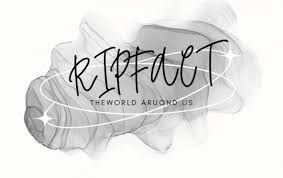The Lok Sabha, also known as the House of the People, is the lower house of the Parliament of India. It comprises 543 elected members and 2 members appointed by the President of India. The composition of the Lok Sabha is crucial in understanding the functioning of the Indian government and the democratic process. In this article, we will delve deeper into the composition of the Lok Sabha and the events that led to the 1975 Emergency in India.
"Composition of Lok Sabha: Understanding the Makeup of India's Lower House"
The Lok Sabha is the representation of the people of India, with members elected by citizens through a direct election. The election is conducted every 5 years, or earlier if the President dissolves the house. The members of the Lok Sabha are elected from different states and union territories in India, with different states having a different number of seats based on their populations.
The Lok Sabha has the power to make laws, approve the budget, and elect the Prime Minister of India. The Prime Minister must have the support of a majority of the members in the Lok Sabha to form the government. The Lok Sabha also has the power to remove the Prime Minister and other ministers through a vote of no confidence.
The Lok Sabha also has various committees that oversee different areas of governance such as finance, external affairs, and home affairs. These committees play a crucial role in the functioning of the Lok Sabha and help to ensure that the government is accountable to the people.
"1975 Emergency in India: A Dark Chapter in India's History"
emergency in india 1975 was a 21-month period from 1975 to 1977 when the country was under a state of emergency declared by then Prime Minister Indira Gandhi. The emergency was declared due to the political and economic turmoil in the country and was justified as a measure to maintain law and order.
During the emergency, several fundamental rights were suspended, including freedom of speech and expression, freedom of assembly, and the right to due process. The government also arrested political opponents and censored the press. The emergency was widely criticized for its violation of civil liberties and human rights.
The impact of the emergency was far-reaching and had a lasting effect on India's democracy. The emergency led to a decrease in the public's trust in the government and a growing sense of discontent among the citizens. After the emergency was lifted, India returned to democratic rule and the country has since made efforts to strengthen its democratic institutions.
FAQs
How many members are there in the Lok Sabha?
There are 545 members in the Lok Sabha, with 543 elected members and 2 members appointed by the President of India.
How often are the elections for the Lok Sabha held?
The elections for the Lok Sabha are held every 5 years, or earlier if the President dissolves the house.
What is the role of the Lok Sabha in the Indian government?
The Lok Sabha plays a crucial role in the Indian government, with powers to make laws, approve the budget, and elect the Prime Minister of India.
What led to the 1975 Emergency in India?
The 1975 Emergency in India was declared due to the political and economic turmoil in the country and was justified as a measure to maintain law and order.
What was the impact of the 1975 Emergency in India?
The 1975 Emergency in India had a lasting effect on the country's






0 Comments